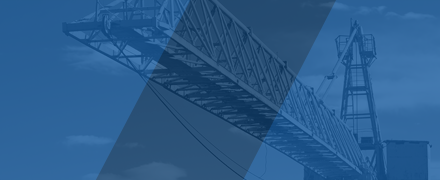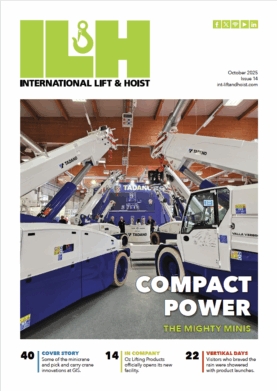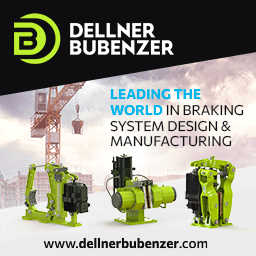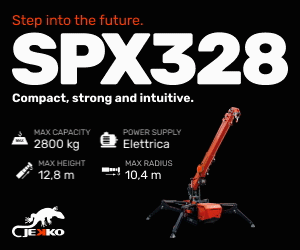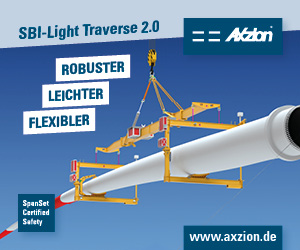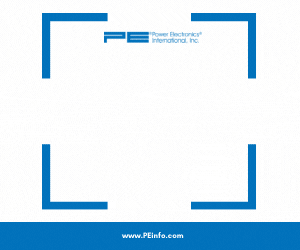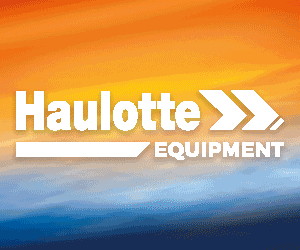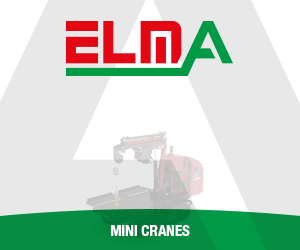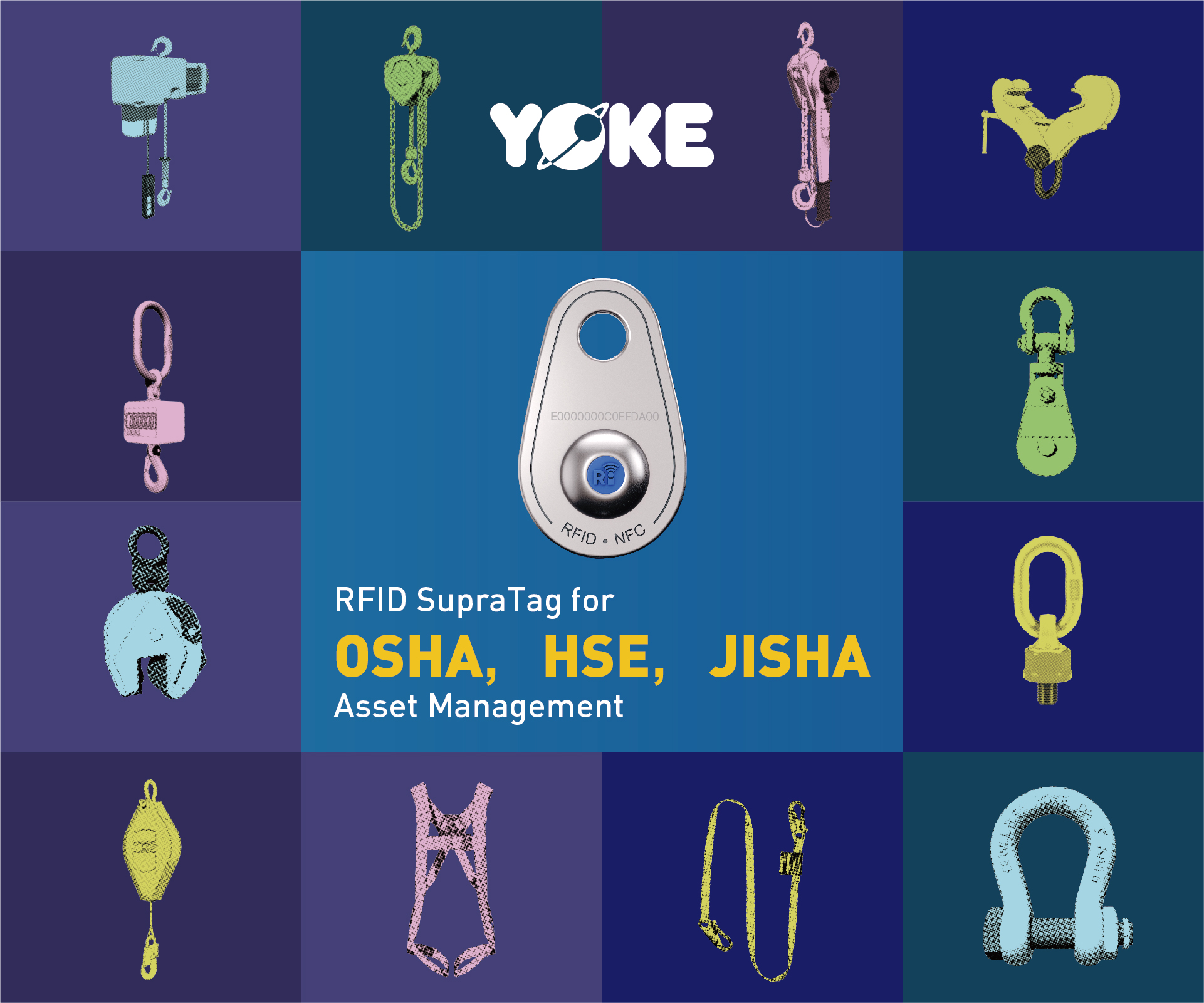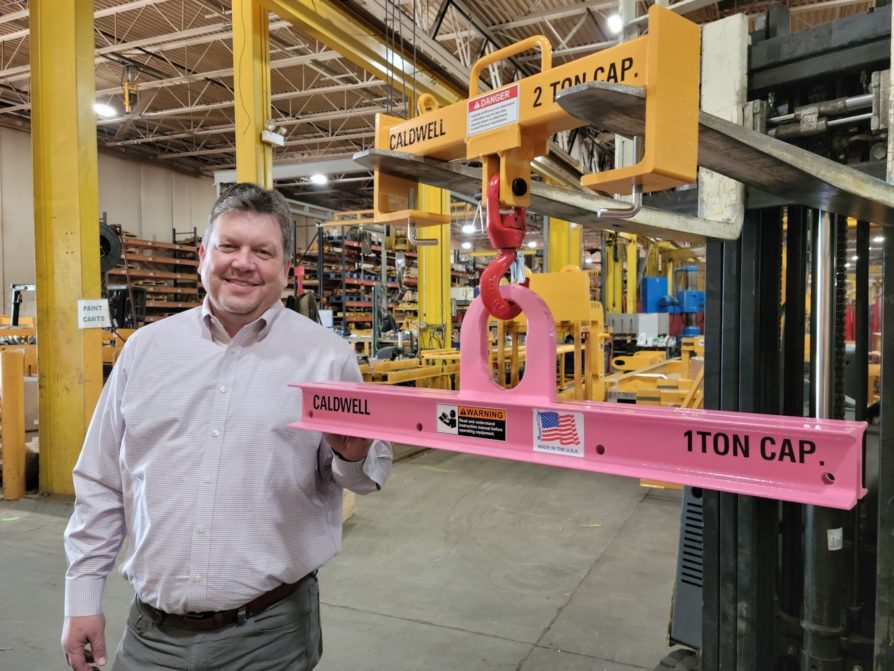)
A foot in both camps
Regardless of the status of automation and digitalisation, industry remains in a hybrid state, and the customer continues to dictate technological terms, says Doug Stitt, president and CEO at The Caldwell Group Inc.
Acceptance of technology may well be gathering speed, but its cadence is inconsistent, and we exist in the grey area between tradition and tomorrow. While digging one’s heels in will eventually become business suicide, rushing ahead might be folly too. The good news is, the lifting and rigging industry is perfectly placed to serve as a hybrid exemplar, from both product and operational standpoints.
Going back 25 or 30 years, certain technologies were predicted to change the face of the manufacturing landscape. I remember it well: 3D printing and the Internet of Things (IoT) were supposed to challenge and upset the core principles of how we made things. Take General Electric (GE), for example; they placed large bets on technology, data, and IoT, but it just didn’t totally resonate.
Fast forward to today, and we’re required to keep across developments such as digital product passports, as industry adapts to the European Union’s Ecodesign for Sustainable Products Regulation (ESPR). Then there’s radio frequency identification (RFID) chips; Software as a Service (SaaS); and the ever-strengthening gravitational pull towards simplifying and digitalising all processes around equipment management.
RFID and SaaS are two particularly hot topics — and it’ll be interesting to see when the lifting and rigging industry truly accepts either. From my perspective, the jury is still out, especially on RFID. A stumbling block is that it has been sold to date as an application and solution for all customers and all markets. It wasn’t a strategic enough approach; and it was never likely to be greeted with raucous fanfare.
The concept of SaaS, meanwhile, remains intriguing for a variety of reasons but the ability to demonstrate value across the market — manufacturers, distributors, users, etc. — has remained elusive. No question, the promise of a golden compliance and traceability ticket for all stakeholders has whet the appetite of the curious, which will be enough for the concept to be repeatedly trialled.
In the meantime, an increasing amount of products include a functional level of technology and that will continue to expand. Since many rigging tools are incorporated into cranes, they must be compatible with that technological functionality. Ok, digital scales, sensors, lighting systems, remote operation, and cameras would all be considered entry-level in many sectors, but digital tracking of lift cycles, overload indicators, and predictive maintenance, are game changers in terms of uptime and use.
Thus, nobody will argue about the future importance of technology in industries like manufacturing. For starters, we must all continue to look for ways to automate and use data much better. They will become our lifeblood. The bigger question in the near term is how quickly do things like robotics move beyond large manufacturers with significant resources to small- and medium-sized entities?
Tech boom
The journey will be aligned closely with demographics. As baby boomers retire and the industry looks to replace those folks, the ‘way we’ve always done it’ is being increasingly looked at from the standpoint of, ‘is there a better way?’
It’s often at that moment where tech sees (takes) its opportunity. That maybe so but, what if you’re calling on a customer where the boardroom and most of the shop floor is still full of near retirees? The way things have always been done will be the way they’ll continue on their watch. And there’s a familiarity to doing business however the customer wants it to be done.
Think about the age of many leadership teams today. When one, two, and three-year plans are being put in place, a mindset certainly exists that tech will be more widely applied after certain decision-makers’ retirements. We’ve all heard it said, ‘I’m done in five years; let’s leave it for the next group’. Then there’s the proprietor taking a business to the point of sale; the new owners will likely be better equipped to introduce their own technologically advanced systems and best practices.
This scepticism reflects the fact that technology, while desirable and helpful, is not easy and oftentimes requires the evolution and attention of the entire organisation. With more businesses trying to do more work with less, or at least with the same number of people, that can be understandably daunting.
While Father Time may ultimately determine that some level of tech is required to continue to operate and be successful, I know there are many companies doing well, taking great care of their customers, with a lower level of tech. Some of these firms inevitably frown somewhat on huge investment in state-of-the-art systems when they continue to thrive in the status quo.
Bureaucratic bile
One thing in the lifting and rigging industry that is driving the incorporation of technology is consolidation (see ‘Welcome to the Rockies’ insert). As companies are pushed, it’s usually followed with a migration of that location to the parent company’s systems and processes. Quotes, orders, inventory, invoicing, etc., all become fair game for modification into the acquiring companies’ tech.
Unfortunately, this often-needed work becomes a distraction to what we all want to focus on – customers. Those who incorporate, update, and change tech with the least amount of distraction and frustration to their customers are the winners in a process that’s happening everywhere in some form or fashion. In the battle to incorporate tech or fight against it, it is important not to undermine how your company takes care of those who pay its bills. Tech can clearly be a way to improve service, but there are many examples where it becomes a rigid tool, forcing companies to utter some kind of bureaucratic bile such as, ‘sorry, we can’t do it that way anymore. Our new system requires we can only do it this way.’
All things considered, we must succeed in a supply chain where disparity between tradition and tomorrow prevails. We can all relate to this hybrid existence; it’s typified by any Thanksgiving dinner table where sometimes four generations of a family eat together.
My company has the ability to process orders via ecommerce. But for many of our customers who still want to do it the way they’ve always been doing it, that’s ok too. And, for those who don’t want to use the phone as much – say, the younger demographic – we provide pricing information online. For those who still want to call and talk to us, we’re here and, importantly, looking forward to their enquiry. Depending on the medium, the evolution from one to the other can take some time. I can still hear the grating staccato sound of a fax machine in the background, even if it’s increasingly faint.


